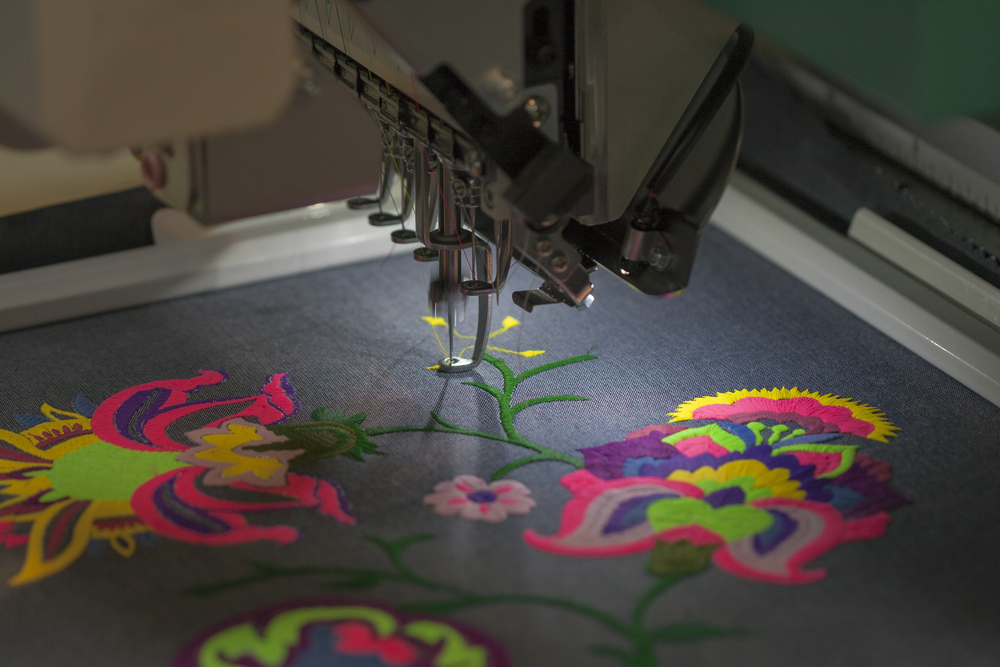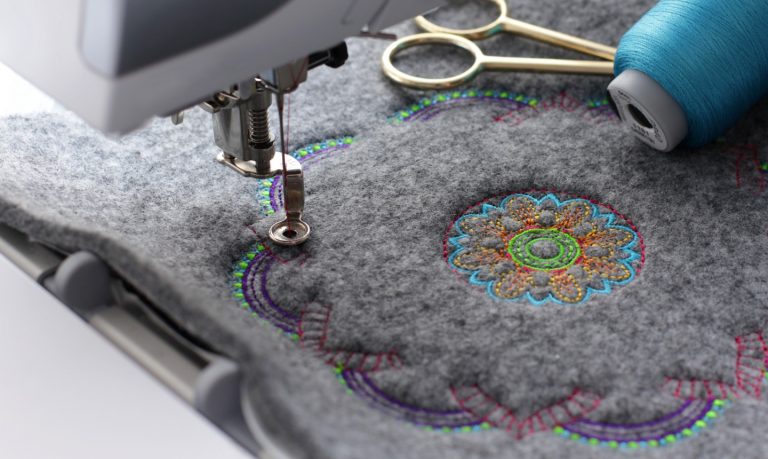Expert Digitizing for Embroidery: Rapid and Reliable Service
Grasping the Needlework Digitizing Refine: Your Ultimate Guide
Embroidery digitizing is a precise craft that needs accuracy and know-how to convert detailed styles into digital layouts for machine embroidery. As craftsmens begin on this journey to understand the embroidery digitizing process, a comprehensive understanding of the essentials sets the structure for excellence.

Recognizing Needlework Digitizing Fundamentals
Embroidery digitizing fundamentals form the structure upon which elaborate styles are equated right into machine-readable layouts for accurate sewing. This preliminary action in the embroidery digitizing process is critical for ensuring that the last embroidered item is a faithful depiction of the original design. Understanding embroidery digitizing essentials includes understanding crucial principles such as stitch types, sew instructions, density, padding, and pull compensation.
Stitch types play an important role in determining the visual and textural outcome of the stitched layout. By choosing the ideal stitch kind, whether it be satin, fill, or running stitch, digitizers can achieve the preferred result and enhance the overall top quality of the needlework. Furthermore, stitch instructions influences the circulation and measurement of the style, while density figures out the spacing and coverage of the stitches.
In addition, rug sewing offers stability to the style by securing the textile and preventing distortion during the embroidery procedure. Pull settlement is another necessary consideration to combat the natural propensity of material to contract when stitched. Grasping these embroidery digitizing basics is essential for creating professional-quality stitched items.
Choosing the Right Digitizing Software Program
Choosing the suitable digitizing software application is a crucial choice that substantially influences the effectiveness and quality of the needlework digitizing procedure. Digitizing for Embroidery. When selecting the appropriate digitizing software, it is vital to think about factors such as the intricacy of designs you intend to create, the user-friendliness of the software application, the level of consumer assistance offered, and the compatibility with your embroidery maker
There are various digitizing software application alternatives offered in the marketplace, varying from standard programs for newbies to sophisticated software for expert digitizers. Some prominent choices consist of Wilcom EmbroideryStudio, Hatch Embroidery Software Application, and PulseID. These software application packages provide a wide variety of devices and functions to assist you create intricate styles effortlessly.
Before deciding, it is suggested to discover the various software program choices through cost-free tests or trials to establish which one finest suits your demands. Additionally, reviewing testimonials and seeking referrals from experienced digitizers can offer valuable understandings right into the staminas and weak points of each software More hints (Digitizing for Embroidery). By carefully reviewing your requirements and comparing the attributes of various digitizing software, you can make an educated selection that improves your needlework digitizing workflow
Digitizing Devices and Techniques

Optimizing Design Settings for Needlework
Understanding the complexities of layout settings is essential in attaining optimum cause the embroidery digitizing procedure, building upon the structure laid by comprehending digitizing tools and techniques. When enhancing style setups for embroidery, it is vital to think about variables such as stitch type, thickness, padding, draw settlement, and enrollment. Stitch type selection impacts the total feel and look of the style, with options like satin, fill, and running stitches supplying you can try these out different appearances and effects. Density refers to the spacing and thickness of stitches, affecting the design's coverage and durability. Appropriate rug stitching offers security and avoids material distortion, specifically for complicated layouts or on elastic products. Pull payment changes for textile stretch during stitching, guaranteeing precise style duplication. Registration setups align different aspects of the design accurately, maintaining general design stability. By fine-tuning these design setups, embroiderers can enhance the top quality and accuracy of their embroidered productions.

Troubleshooting Common Digitizing Issues
When coming across typical digitizing problems throughout the needlework process, it is vital to understand the root creates and apply efficient solutions immediately. One typical issue is stitch thickness problems, where stitches might be too dense, causing the fabric to tighten, or also thin, leading to voids in the layout. Adjusting the stitch density setups in the digitizing software program can aid fix this concern.
Another regular difficulty is thread breaks during the embroidery process. This can occur due to numerous factors such as inaccurate tension settings, dull needles, or using low-grade thread. Ensuring correct maintenance of the needlework maker, consisting of normal needle modifications and tension changes, can reduce the event of string breaks.
Furthermore, layout enrollment errors can result in misaligned aspects within the embroidery style. Checking the layout alignment in the digitizing software and making needed modifications prior to stitching can aid in avoiding this concern. By addressing these common digitizing problems without delay and successfully, you can guarantee a smoother embroidery process and high-quality ended up products.
Conclusion
In final thought, grasping the needlework digitizing procedure needs a strong understanding of the basics, the best choice of software, and understanding of devices and techniques. Optimizing style setups and fixing usual digitizing concerns are vital steps in making sure high-grade needlework results. By following these actions vigilantly, one can accomplish accuracy and performance in the digitizing process.